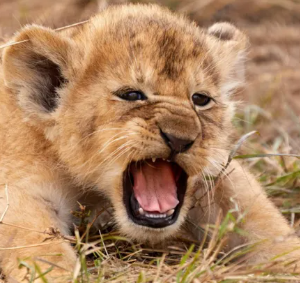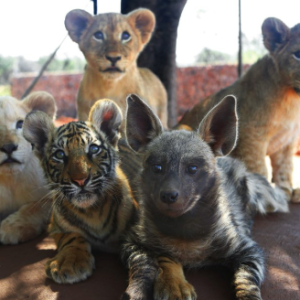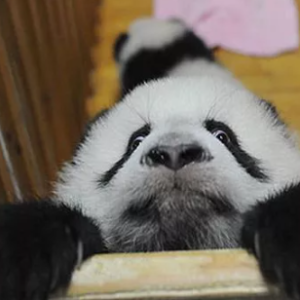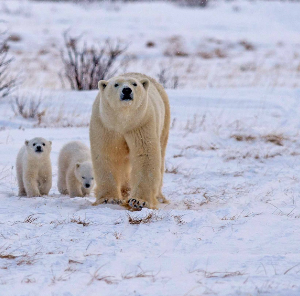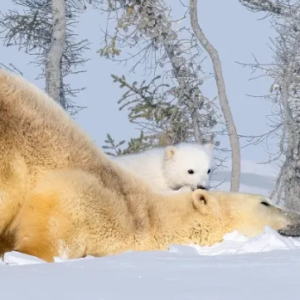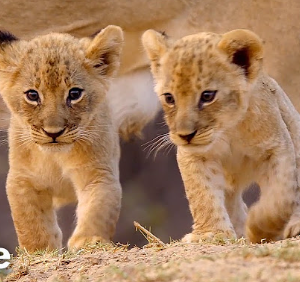| Name | Leopard | Diet | Carnivorous |
| Scientific name | Panthera pardus | Weight | 45 to 158 lbs (20.5 to 72 kg) |
| Pronunciation | Leh-pud | Length | 0.9 to 1.8 meters (3 to 6 feet) |
| Classification | Carnivora, Felidae, & Phantera | Location | Africa, Asia, & Europe |
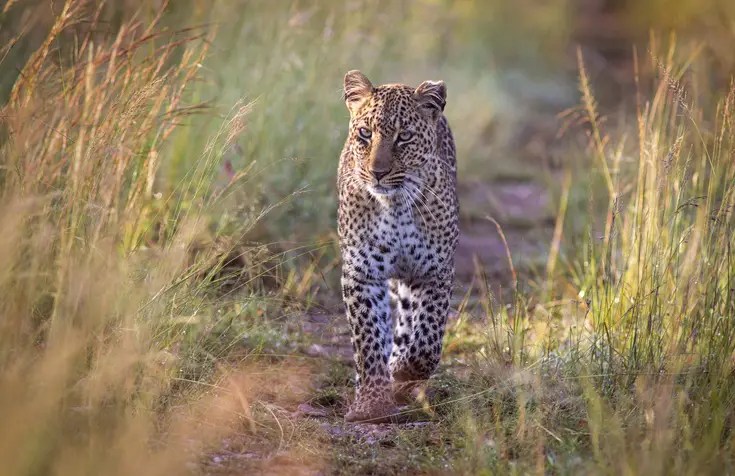
Big cats, scientifically classified within the genus Panthera, represent a group of large and majestic feline species.
They are characterized by their impressive size and several distinctive traits that set them apart from their smaller feline counterparts.
The most apparent feature of big cats is their imposing size.
They are significantly larger and more robust than smaller or medium-sized feline species.
This size advantage grants them remarkable strength and power, which they use for hunting and establishing dominance within their ecosystems.
Another remarkable feature that distinguishes big cats is their ability to roar.
This unique vocalization is made possible by their specialized larynx structure.
The ability to roar is a hallmark of big cats and sets them apart from smaller feline species, which generally lack this capability.
Big cats are apex predators, occupying the highest trophic level within their respective ecosystems.
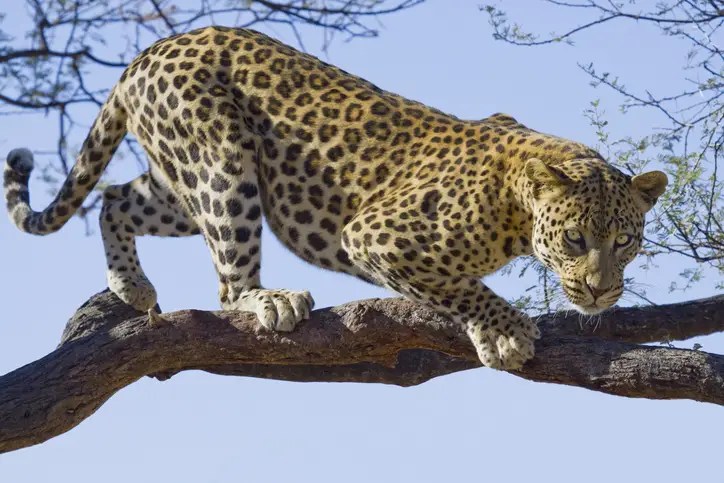
They are renowned for their hunting prowess, often preying on large mammals such as deer, antelope, and, in some cases, even other significant predators.
While all big cats are popular in their own right, leopards are some of the most famous.
The leopard was first described in 1758, and several subspecies were put out in the 19th and 20th centuries.
Eight subspecies are now recognized across its vast range in Africa and Asia.
It is suited to various environments, including dry and montane regions, steppe, and rainforest.
Leopards belong to the genus Panthera, which includes other majestic big cats like lions, tigers, and jaguars.
Being part of this elite group and their unique appearance contribute to their fame.
Keep reading this article to discover more about these majestic creatures.

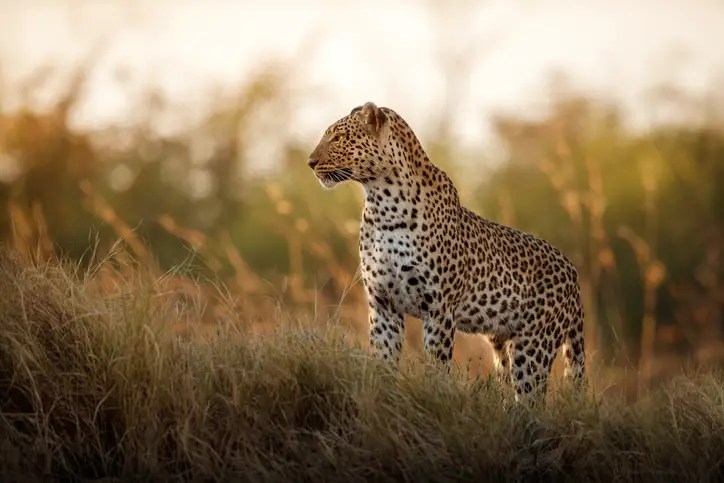
Leopards, scientifically known as Panthera pardus, are awe-inspiring creatures that have fascinated humans for centuries.
As mammals, leopards belong to Mammalia, sharing features such as mammary glands and hair.
They are further classified into the Carnivora order as meant-eating animals and the family Felidae, which includes all domestic cats and wildcats.
These creatures are also part of the Panthera genus, along with other roaring big cats like lions, tigers, and jaguars.
Leopards exhibit remarkable variation across their geographic range, leading to the recognition of numerous subspecies.
The African Leopard (Panthera pardus pardus) is the most widespread, adorned with distinctive rosette patterns on its fur.
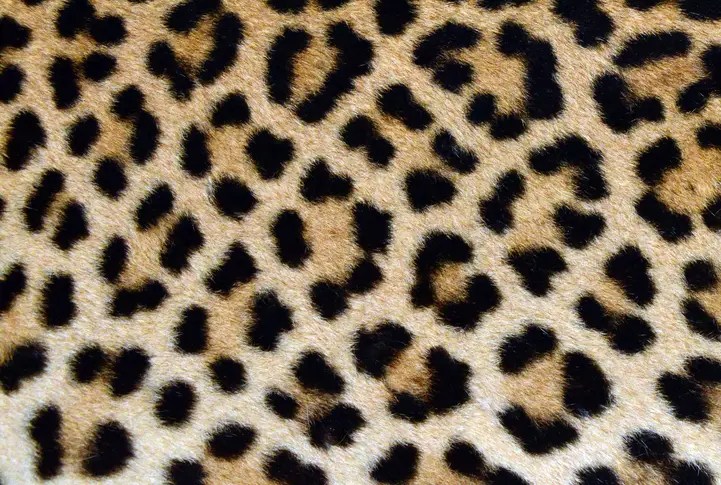
In the Indian subcontinent, the Indian Leopard (Panthera pardus fusca) displays a slightly smaller build and finely spaced rosettes.
The critically endangered Amur Leopard (Panthera pardus orientalis) thrives in the Russian Far East and northeastern China, featuring a thick fur coat to withstand frigid climates.
The Arabian Leopard (Panthera pardus nimr) is critically endangered, inhabiting the Arabian Peninsula with its pale coat and distinct rosettes.
The Javan Leopard (Panthera pardus melas) boasts a dark coat with prominent rosettes and resides exclusively on the Indonesian island of Java.
Lastly, the Sri Lankan Leopard (Panthera pardus kotiya), native to Sri Lanka, stands out with its unique coat pattern.
Other official species include the Persian and the Indochinese Leopards, while the snow leopard isn’t classified as a true leopard.
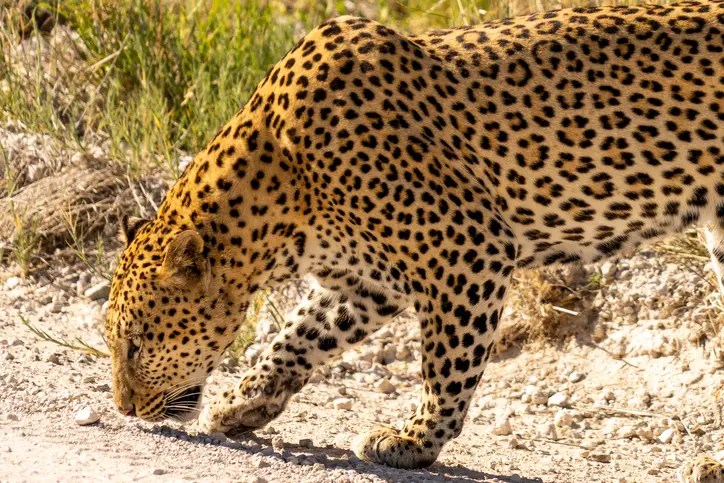
One of the most distinctive features of leopards is their luxurious coat, covered in exquisite rosettes.
These rosettes are circular markings with a dark edge and a lighter center, creating a mesmerizing pattern.
The coat’s background color varies from golden yellow to a rich tawny, depending on the species and habitat.
Leopards from dense forests tend to have a darker coat, while those inhabiting open savannas sport a lighter hue.
These big cats also exhibit a level of sexual dimorphism.
On average, males weigh between 68-159 pounds.
On the other hand, females weigh between 45-95 pounds.
These creatures are typically a few feet tall at the shoulder and between 3-6 feet long, with a tail that measures between 2.1-3.4 feet.
They have a broad forehead, powerful jaws, and sharp teeth.
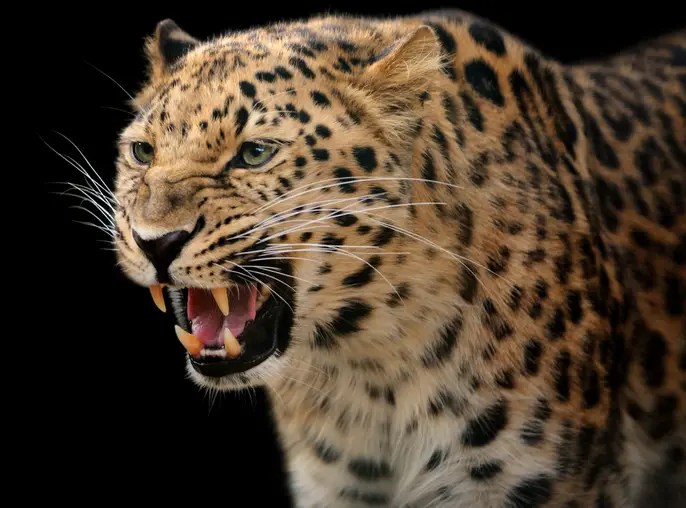
Their eyes are large and possess keen vision, adapted for day and night hunting.
The distinct black tear markings running from the inner corners of their eyes down to the sides of their noses are a signature feature, possibly helping to reduce glare from the sun and enhance their focus on prey.
Leopards are built for stealth and speed.
Their limbs are robust, with strong, retractable claws that can be extended when needed for climbing or catching prey.
These adaptations make them adept tree climbers, often hoisting their kills into the branches to protect them from scavengers.
Their paws are cushioned with soft pads, giving them silent and stealthy movements.
Leopards are known for their remarkable adaptability to diverse habitats, which has led to some variations in their physical characteristics.
For example, the Amur leopard, native to the Russian Far East, has a thicker and paler coat to withstand the harsh winters.
In contrast, the Arabian leopard boasts a more desert-adapted appearance.
Leopards are incredibly adaptable creatures, capable of thriving in diverse environments, from dense rainforests to arid deserts.
Their adaptability is a testament to their survival skills, making them one of the planet’s most widely distributed big cat species.
These big cats are often associated with the open grasslands.
These environments allow them to hunt various prey species, including antelope and smaller mammals.
The vast expanses of grasslands offer them the cover they need for stalking their prey.
Leopards have also adapted to life amidst thick vegetation.
They are expert climbers, often resting in trees during the day and descending at night to hunt.
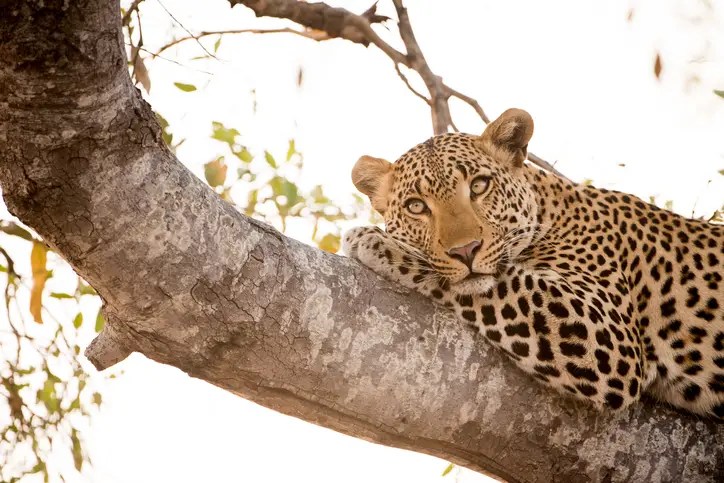
Their spotted coats blend remarkably well with the dappled sunlight filtering through the canopy.
They can also be found in desert areas.
Leopards are found throughout sub-Saharan Africa, from the dense jungles of the Congo Basin to the arid savannas of southern Africa.
In Asia, they are scattered across various countries, including India, Sri Lanka, China, and parts of Southeast Asia.
They inhabit diverse landscapes, from the forests of India’s Western Ghats to the mountains of Nepal.
These creatures have also found suitable habitats in parts of the Middle East, such as the Arabian Peninsula and Russia.
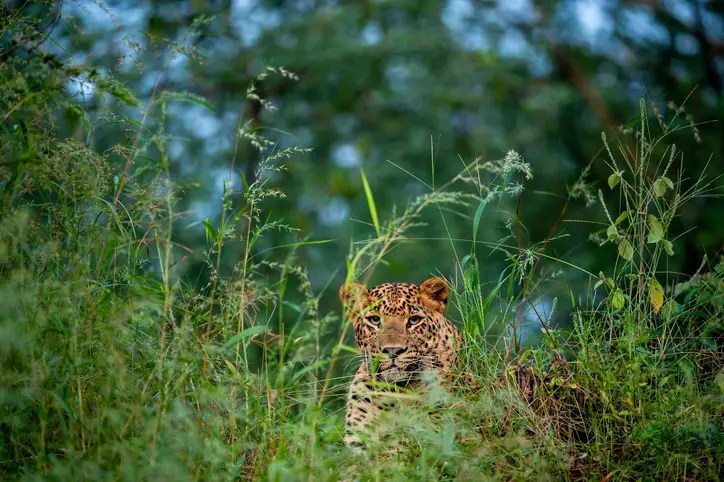
Unlike other big cats, such as lions, leopards are solitary creatures.
They prefer a life of solitude, hunting, and patrolling their territories alone.
This solitary nature is believed to be an adaptation to reduce competition for food.
In some regions, these big cats are nocturnal.
Their exceptional night vision, acute hearing, and stealthy movements make them highly efficient predators during the dark hours.
This nocturnal behavior also helps them avoid larger predators that may threaten them.
Each leopard has its own territory, which it fiercely defends against intruders of the same species, particularly individuals of the same gender.
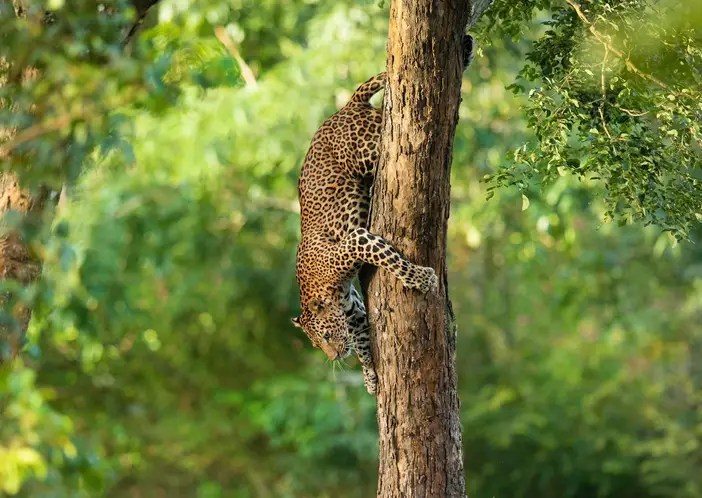
Territory size varies depending on factors like prey availability and habitat quality.
Leopards typically avoid direct confrontations with one another.
They communicate through scent marking and vocalizations, such as growls and roars, to establish territory boundaries and avoid unnecessary conflicts.
While leopards are predominantly solitary animals, their social structure is not entirely devoid of interactions.
The social interaction between leopards is most evident during mating.
Male and female leopards come together briefly for mating and go their separate ways.
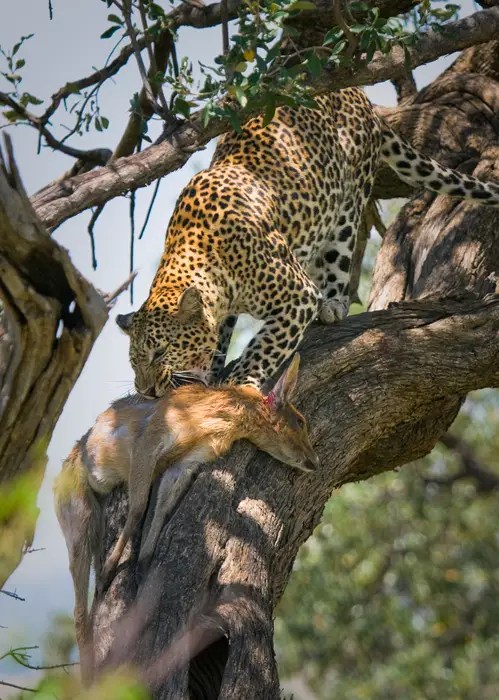
Leopards are opportunistic carnivores, meaning they have a varied diet and will consume a wide range of prey, depending on what’s available in their habitat.
Their adaptability in terms of food sources is one of the key reasons for their widespread distribution across Africa and parts of Asia.
Leopards have been observed to hunt and consume over 90 different species of animals.
Leopards generally prefer to hunt small to medium-sized ungulates, such as impalas, gazelles, and deer.
However, they also eat smaller mammals like hares, monkeys, and birds.
In some instances, leopards have been documented preying on larger animals like wildebeests and young giraffes.
Leopards are renowned for their stealth and patience when hunting.
They often rely on their incredible camouflage and powerful stalking abilities to get as close as possible to their prey without being detected.
Once within striking distance, they employ a combination of agility and strength to pounce on their target.
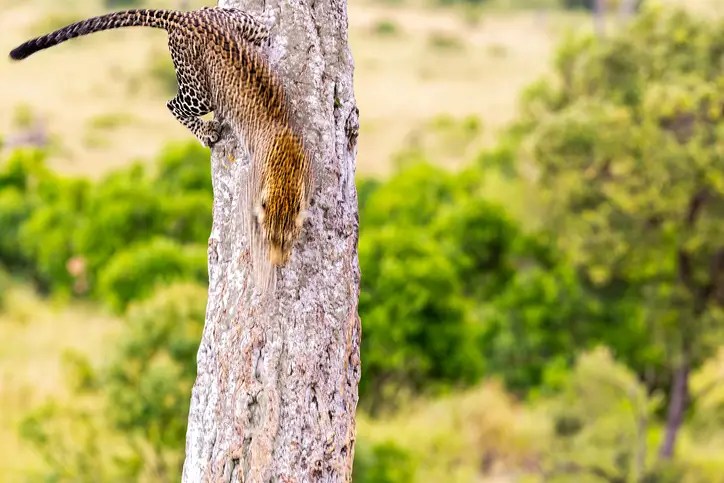
Leopards exhibit dietary variations based on their geographic location.
For instance, those in Africa’s savannas often rely on ungulates as their primary food source, while those in dense forests may have a diet comprising more arboreal mammals and birds.
These cats usually go for a suffocating bite to the throat, quickly incapacitating their prey.
This method minimizes the risk of injury to themselves during the hunt.
After a successful kill, leopards often drag their prey into a tree to prevent scavengers like hyenas or lions from stealing their meal.
In addition to hunting, leopards are known scavengers and will feed on carcasses if the opportunity arises.
They may also steal kills from other predators like cheetahs, hyenas, or even lions.
This adaptability allows them to conserve energy by capitalizing on the efforts of other hunters.
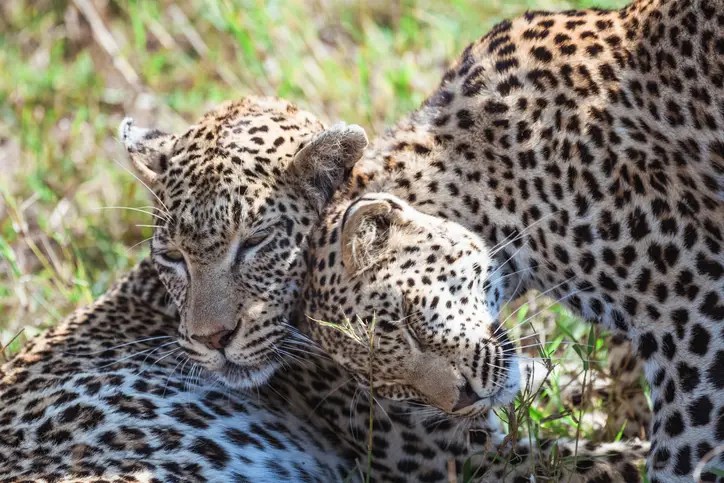
Leopards typically reach sexual maturity between 2-3 years of age, although this can vary depending on factors like food availability and environmental conditions.
Once sexually mature, both males and females engage in a courtship ritual that can be quite intense.
This includes vocalizations, scent marking, and displays of strength.
Leopard mating is a brief yet crucial phase of their life cycle.
Males and females come together for a short period, typically a few days, during the female’s estrus, or receptive phase, which lasts around 46 days, after which she is in heat for 6-7 days.
During this time, they engage in copulation multiple times, and the male may stay with the female for a few days to protect her from other potential suitors.
After a successful mating, the female leopard enters a gestation period lasting approximately 90 to 105 days.
During this time, she will seek a secluded and safe den to give birth to her cubs.
Leopard cubs are usually born in litters of 2-4 and are blind and extremely vulnerable at birth.
Leopard cubs depend entirely on their mother during their first few months.
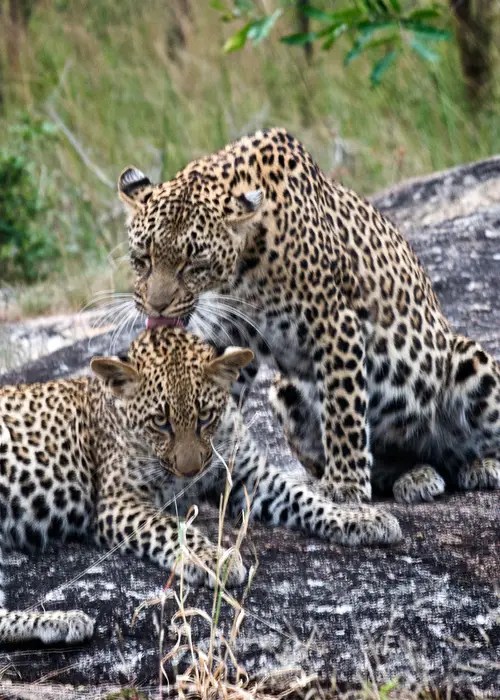
She provides them with milk and protection and teaches them essential survival skills.
Cubs open their eyes and become more active around 10-14 days old.
They remain in the den for the first few months of their lives.
As leopard cubs grow, they become increasingly independent.
They start to accompany their mother on hunts, learning the art of stalking and ambushing prey.
Cubs become proficient climbers, a crucial skill for leopards, as they often take their kills into trees to protect them from scavengers like hyenas.
Once leopards reach adulthood, they are ready to continue the life cycle.
Males establish territories that overlap with several female territories and mate with receptive females within their range.
On the other hand, female leopards continue the cycle by giving birth to their cubs.
In the wild, leopards typically live for 12-17 years, although they can reach their early twenties in captivity.
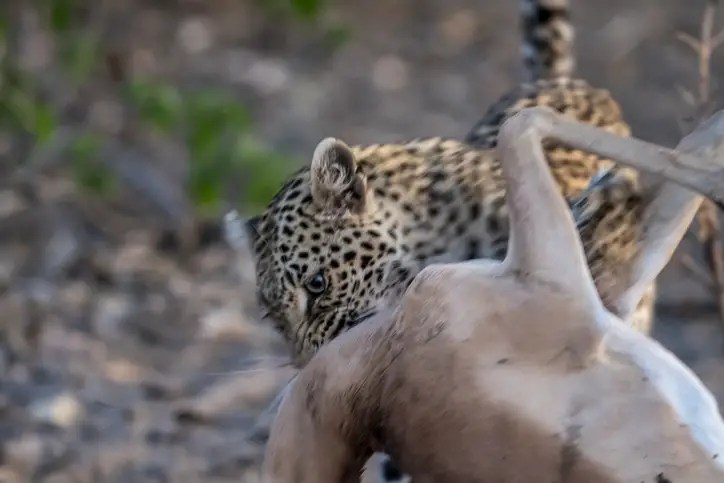
Leopards are apex predators, occupying the highest trophic level in their ecosystems.
As such, they regulate prey populations by controlling the abundance and distribution of herbivores, which has a cascading effect on plant communities.
This control helps prevent overgrazing, which can lead to habitat degradation and loss of biodiversity.
Leopards are opportunistic feeders and often scavenge carcasses left behind by other predators or natural deaths.
By consuming carrion, they help prevent the spread of diseases within their ecosystem, acting as nature’s hygienists.
This scavenging behavior also reduces competition for prey with other carnivores.
Leopards also serve as indicators of the overall health of their habitats.
Their population dynamics and behaviors can reflect changes in prey abundance, habitat quality, and human disturbances.
Monitoring leopard populations can help conservationists assess the overall well-being of an ecosystem and identify potential threats.
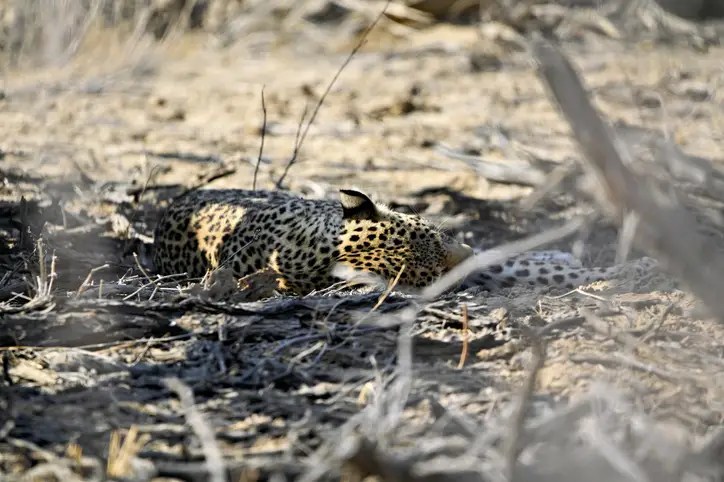
One of the most significant threats to leopard populations is the loss and fragmentation of their natural habitats.
Human activities, such as deforestation, urbanization, and agricultural expansion, have encroached upon leopard territories, reducing their available living spaces.
This often leads to human-leopard conflicts as the big cats venture closer to human settlements in search of food.
Poaching for their fur, bones, and body parts is also a severe concern for leopards.
The illegal wildlife trade continues to thrive, driven by the demand for leopard skins and body parts in some parts of the world.
This trade directly threatens leopard populations, as it decimates their numbers and disrupts their ecosystems.
In some regions, enforcing conservation laws and regulations is inadequate, allowing poaching and habitat destruction to persist.

Effective conservation efforts require robust enforcement and cooperation at national and international levels.
Despite the challenges leopards face, several conservation initiatives aim to protect these majestic cats.
Protected areas and wildlife reserves are crucial for leopard conservation, as these areas provide safe havens where leopards can live and hunt without direct threats from humans.
Also, increasing efforts to combat poaching through law enforcement, patrolling, and education is essential.
Stricter penalties for poaching and the illegal wildlife trade are also being advocated.
Collaboration between governments, conservation organizations, and local communities is also crucial for the success of leopard conservation efforts.
International agreements, such as the Convention on International Trade in Endangered Species of Wild Fauna and Flora (CITES), play a pivotal role in regulating the trade in leopard parts.

One of the key survival strategies of leopards is their incredible camouflage.
Their tawny fur, adorned with distinctive rosettes, blends seamlessly with their habitat’s dappled sunlight and shadow patterns, whether it be the dense jungles of India or the arid savannas of Africa.
This camouflage not only helps them stalk prey but also enables them to avoid potential threats from larger predators.
Leopards have a diverse diet, which contributes significantly to their adaptability.
They are opportunistic hunters who consume a wide range of prey, from small rodents and birds to large ungulates.
This adaptability allows them to thrive in various ecosystems, from the dense rainforests to the arid deserts.
Leopards are solitary animals and are highly territorial.
Each individual establishes and fiercely defends a territory ranging from 20 to 200 square kilometers, depending on the availability of food and water.
Maintaining a territory helps reduce competition with other leopards and ensures a steady supply of prey.
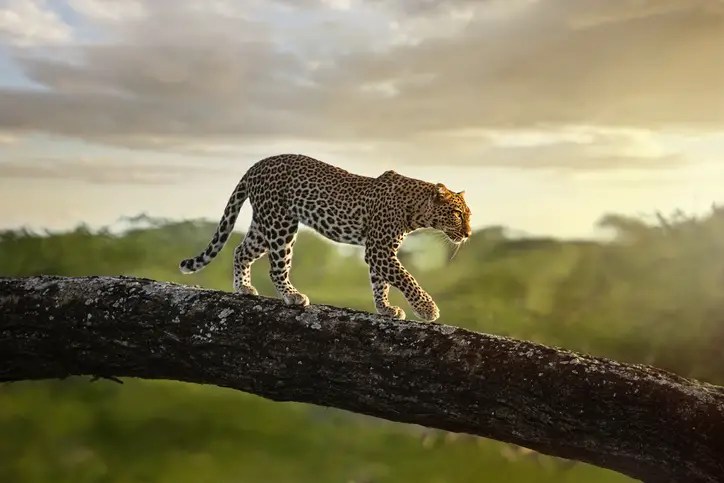
Leopards have long been associated with power, elegance, and grace.
In many cultures, they are seen as symbols of strength and authority.
For instance, in African folklore, leopards are often portrayed as regal and formidable creatures, embodying highly respected qualities.
In some cultures, leopards are considered spiritual beings or have mythological significance.
Leopard skins and patterns have been used in traditional clothing and adornments in various cultures.
For example, the Maasai people of East Africa incorporate leopard patterns into their clothing and beadwork, signifying bravery and warrior-like qualities.
In some traditional medicine practices, various parts of leopards have been used for their perceived healing properties.
However, this has raised concerns about the illegal poaching and trade of leopards, contributing to their endangerment.
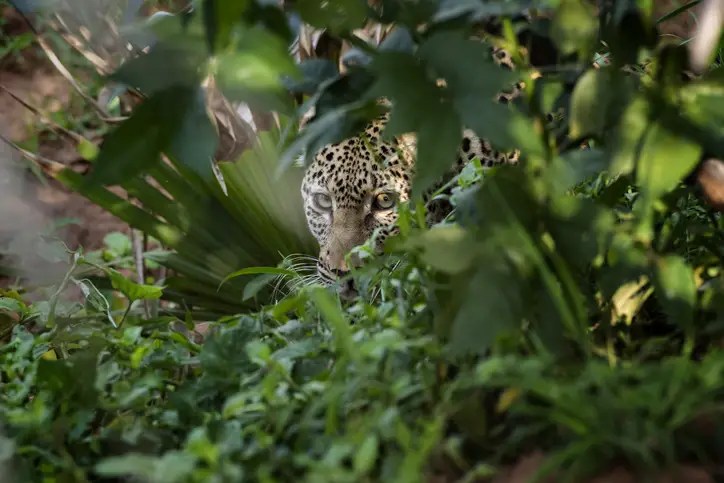
Conservation organizations and researchers have been actively monitoring leopard populations to assess the extent of these declines.
Camera traps, genetic analysis, and field surveys are some of the tools used to estimate population sizes and track individual leopards.
These efforts have revealed a concerning trend: leopards are facing increasing threats, and their future is uncertain without intervention.
One of the most critical factors in securing the future of leopards is habitat conservation.
As human populations continue to expand, natural habitats are being lost or fragmented.
Protecting and restoring these habitats are crucial for maintaining healthy leopard populations.
Ongoing research is fundamental to understanding leopard behavior, ecology, and genetics.
Technological advances like GPS collars and genetic analysis allow researchers to gather crucial data that inform conservation strategies.
Leopards, majestic members of the big cat family, are renowned for their adaptability, incredible hunting skills, and distinctive rosette-adorned fur.
They play a vital role in maintaining the ecological balance of their habitats, serving as apex predators and nature’s hygienists.
However, these iconic creatures face significant challenges, including habitat loss, poaching, and human-wildlife conflicts, which threaten their populations.
Conservation efforts, such as protected areas, law enforcement, and international agreements, are crucial for their survival.
Ongoing research provides insights into leopard behavior and genetics, offering hope for a future where these magnificent felines can continue to roam the wild and inspire awe and respect worldwide.
The term leopard is derived from two Greek words: leo, which means lion, and pardos, which means panther.
In the wild, it’s not uncommon for leopards to choose discretion over direct confrontation with lions.
However, there have been instances where leopards have successfully defended themselves against lions, especially when they have an advantage in terms of terrain or surprise.




